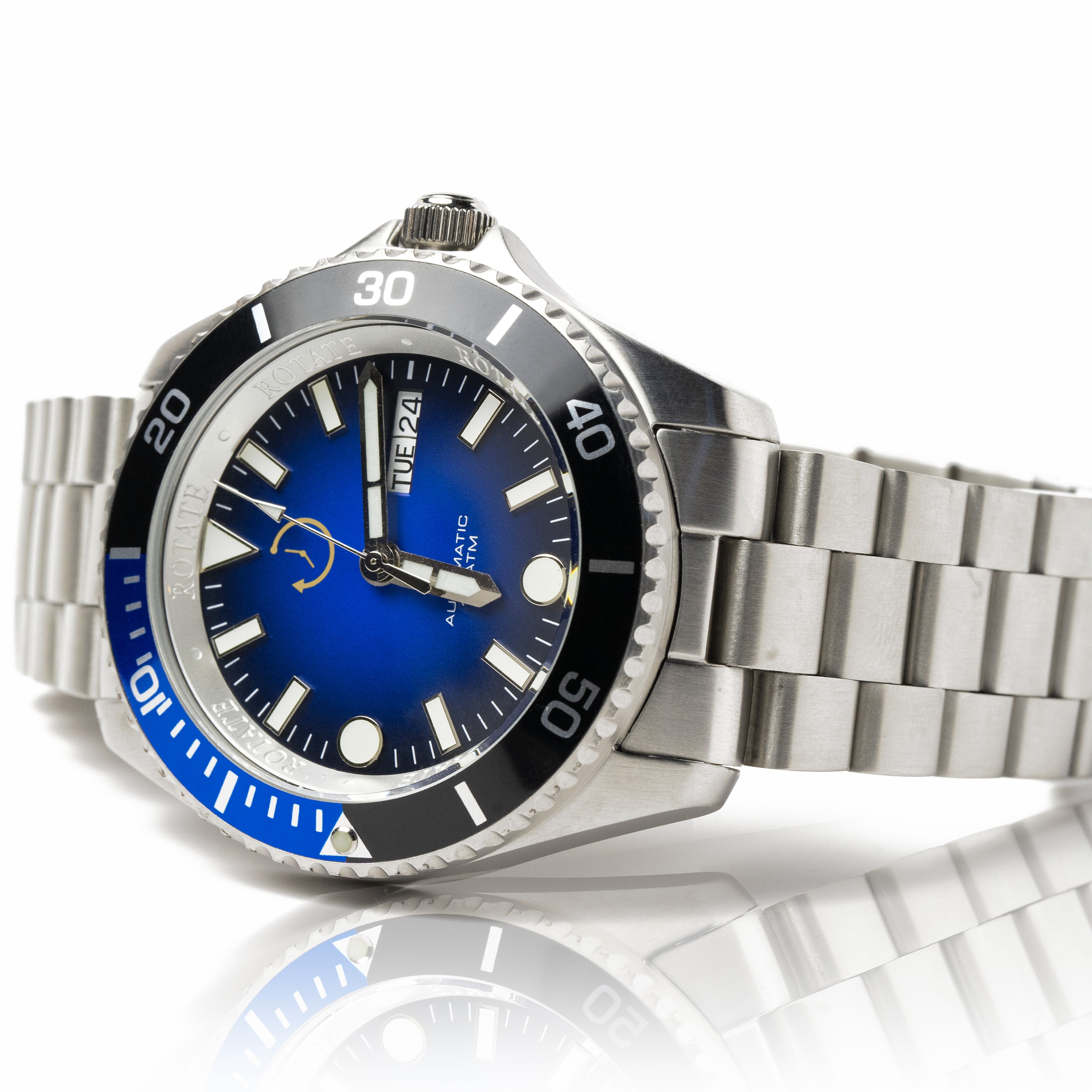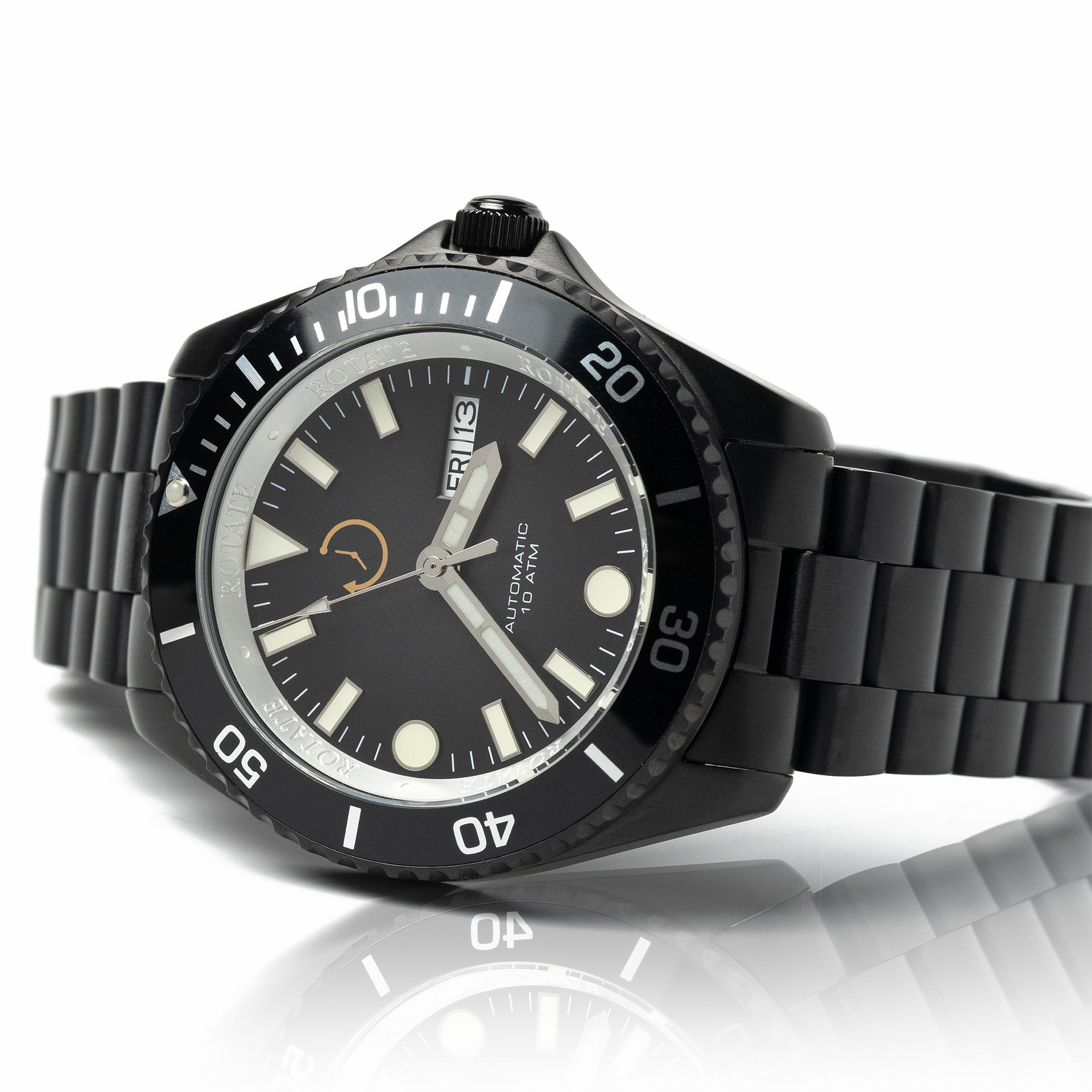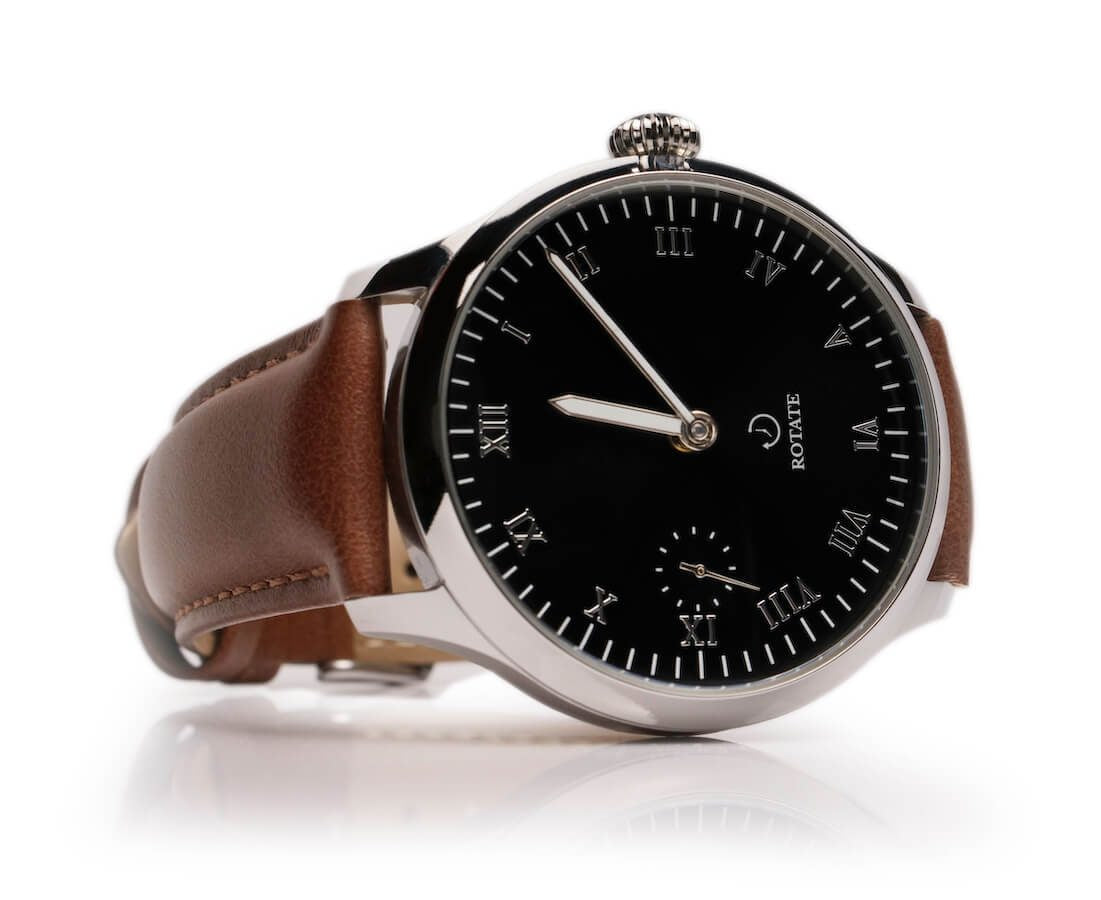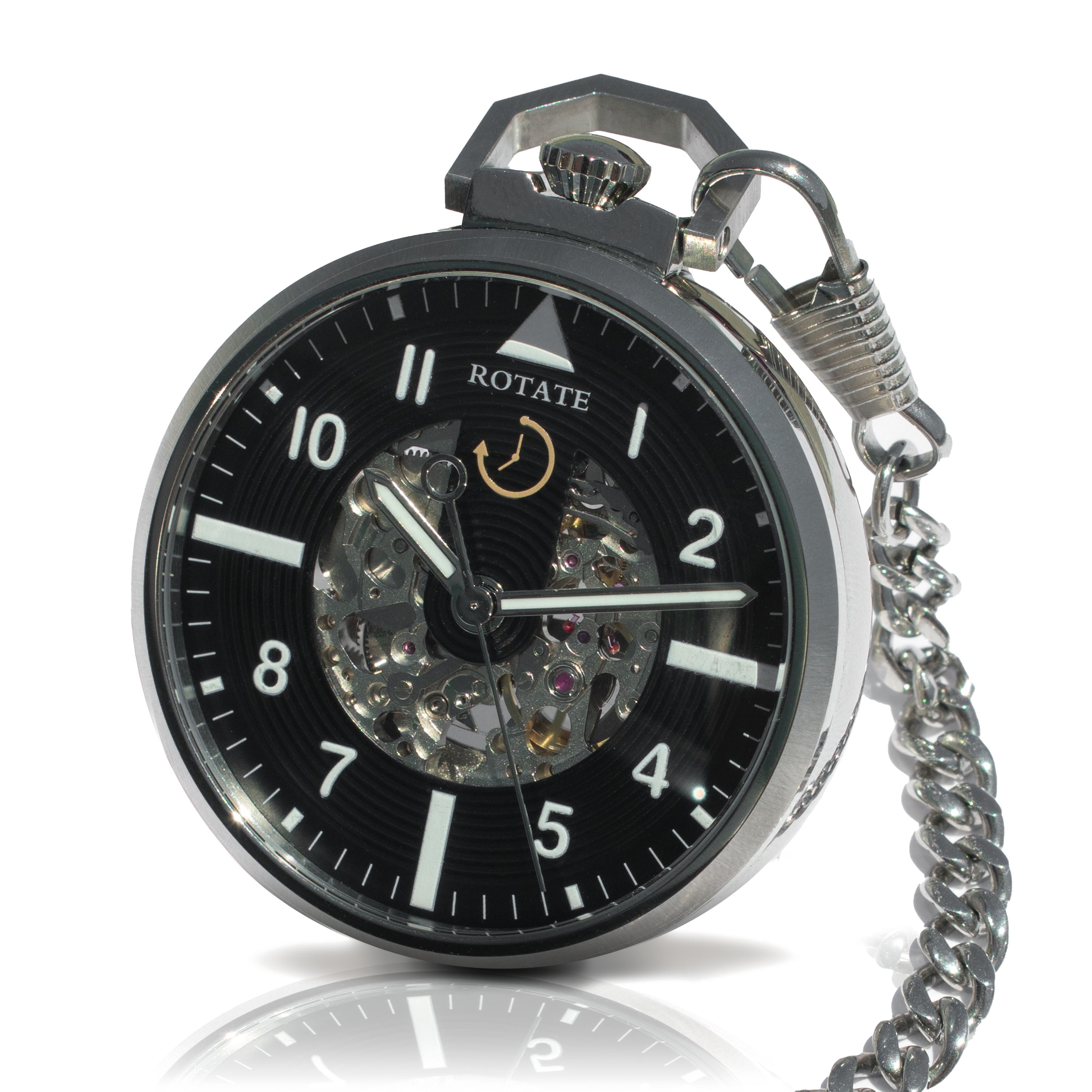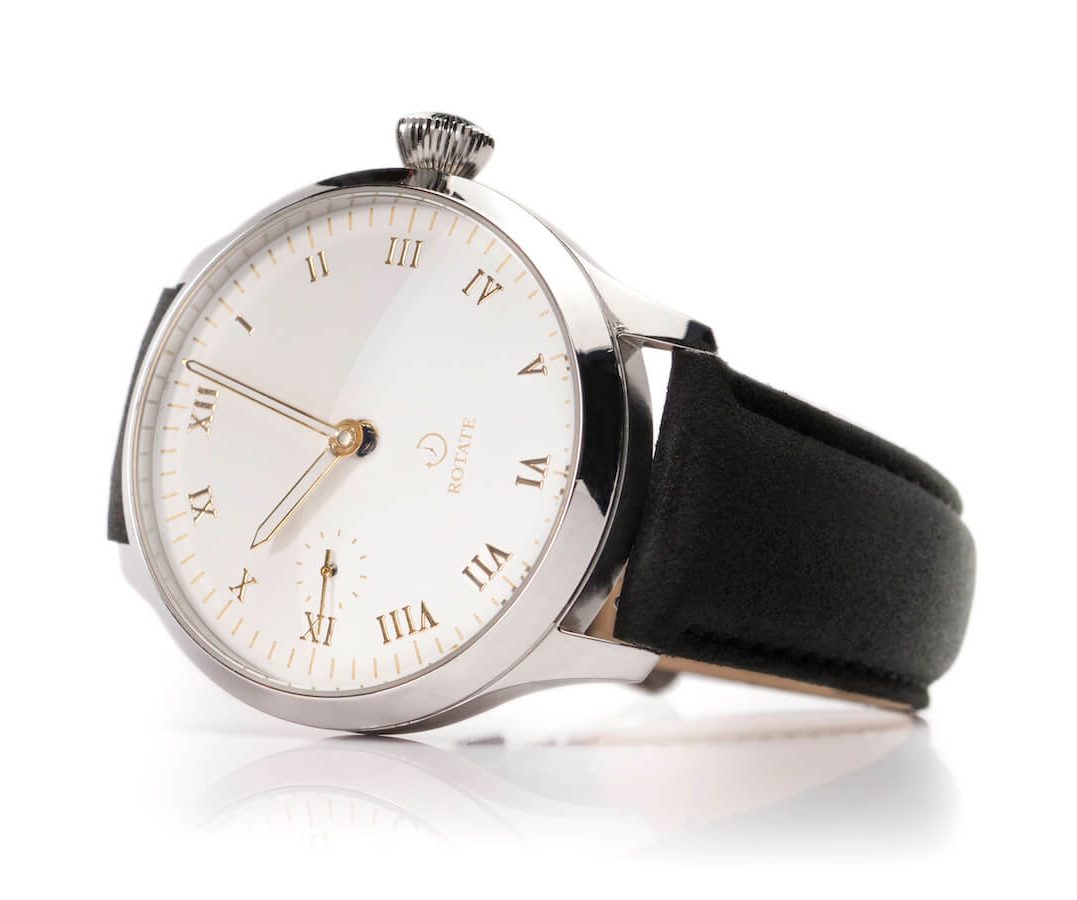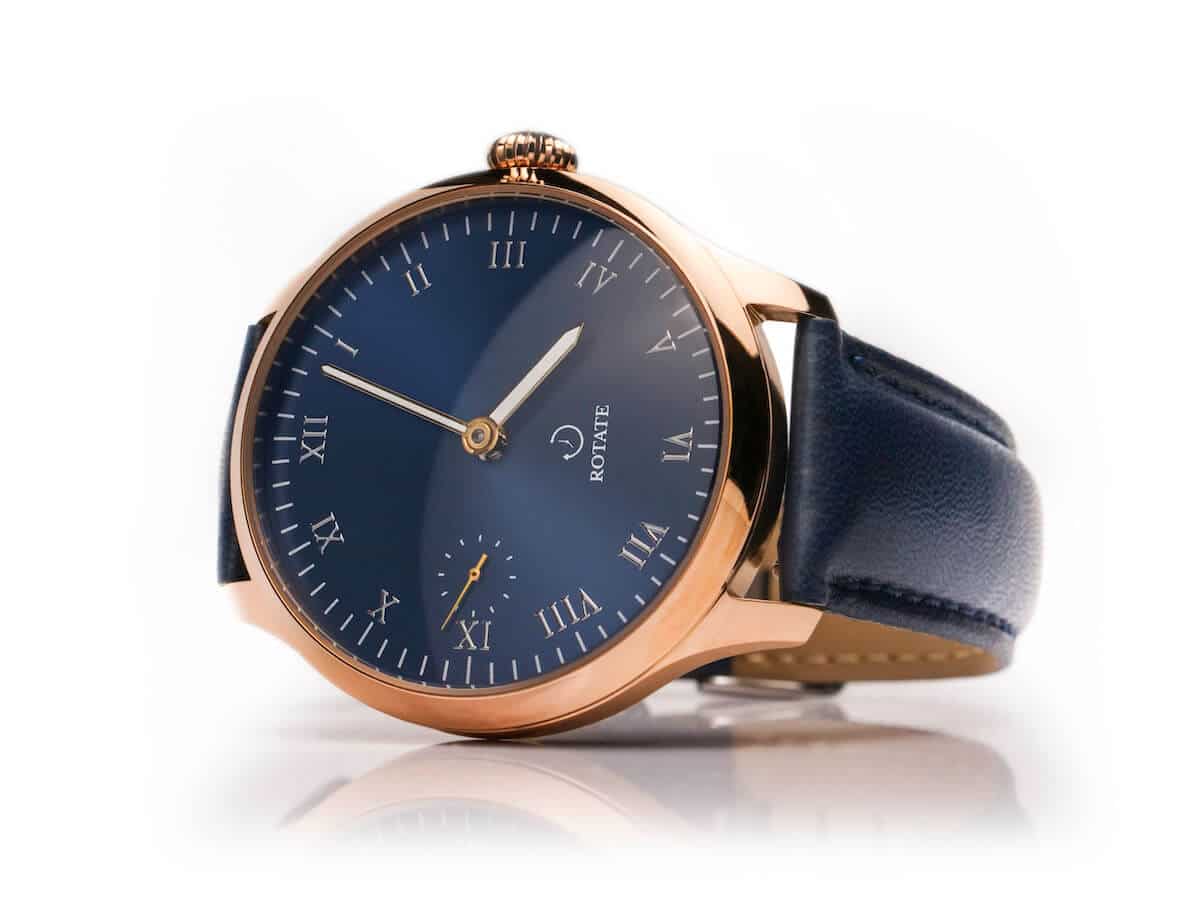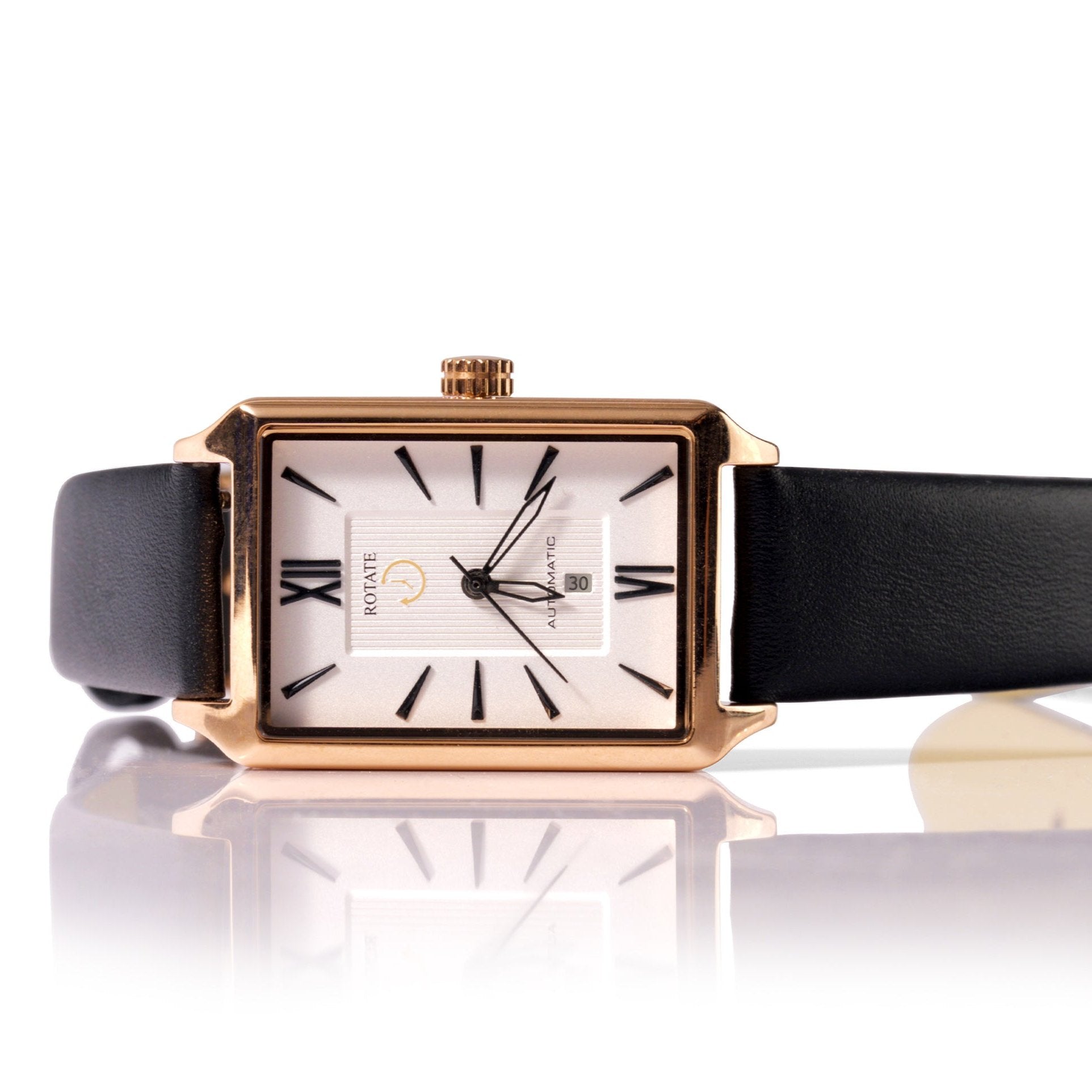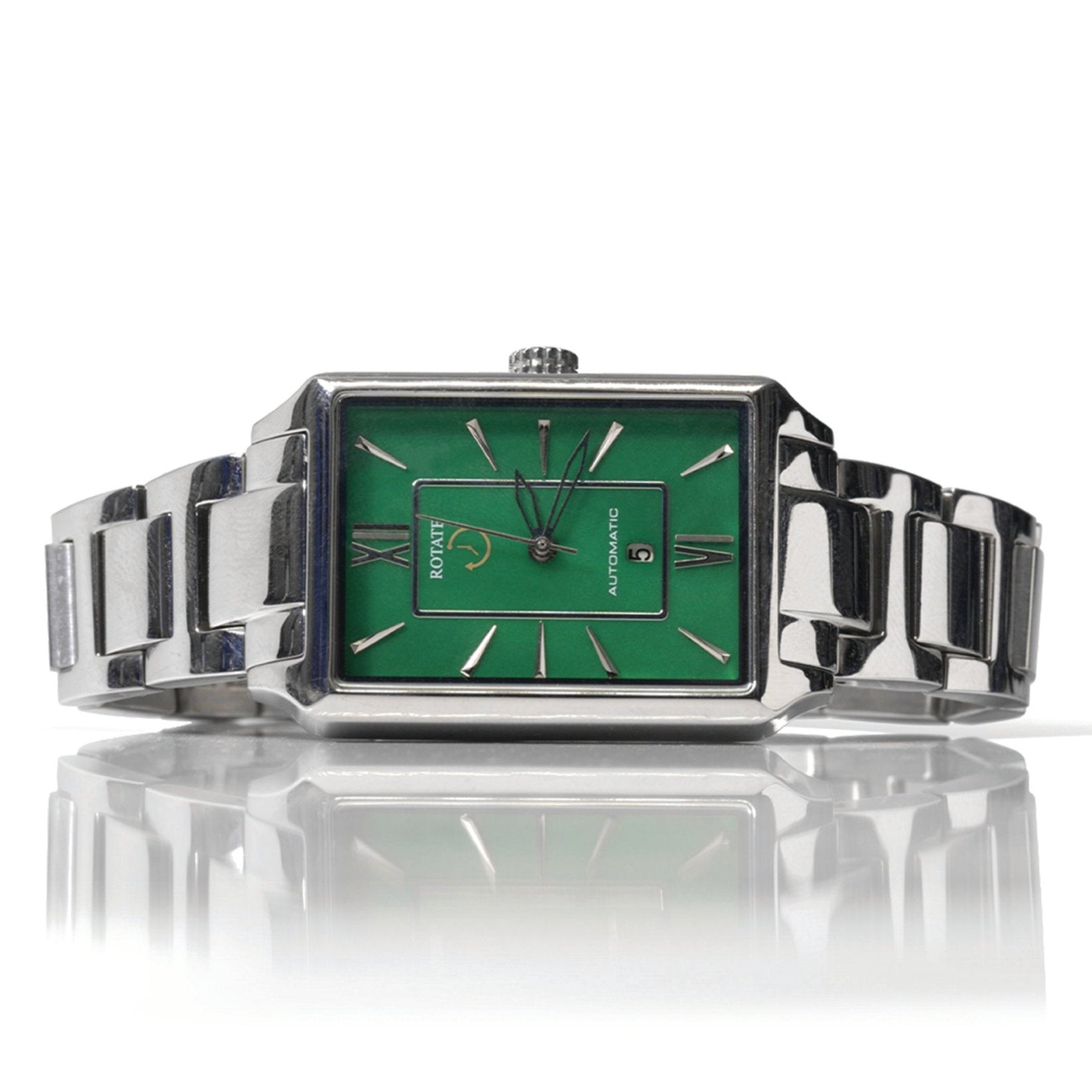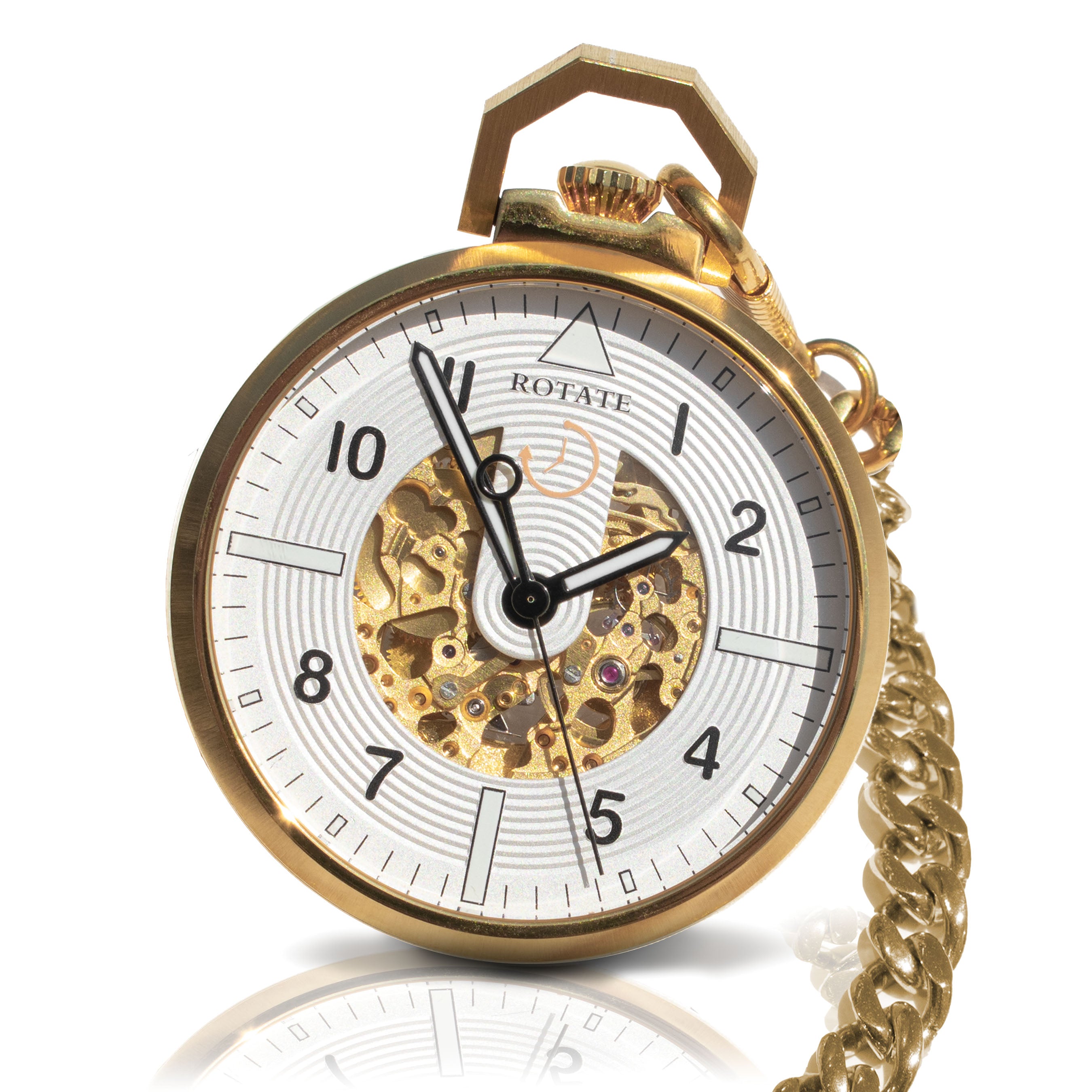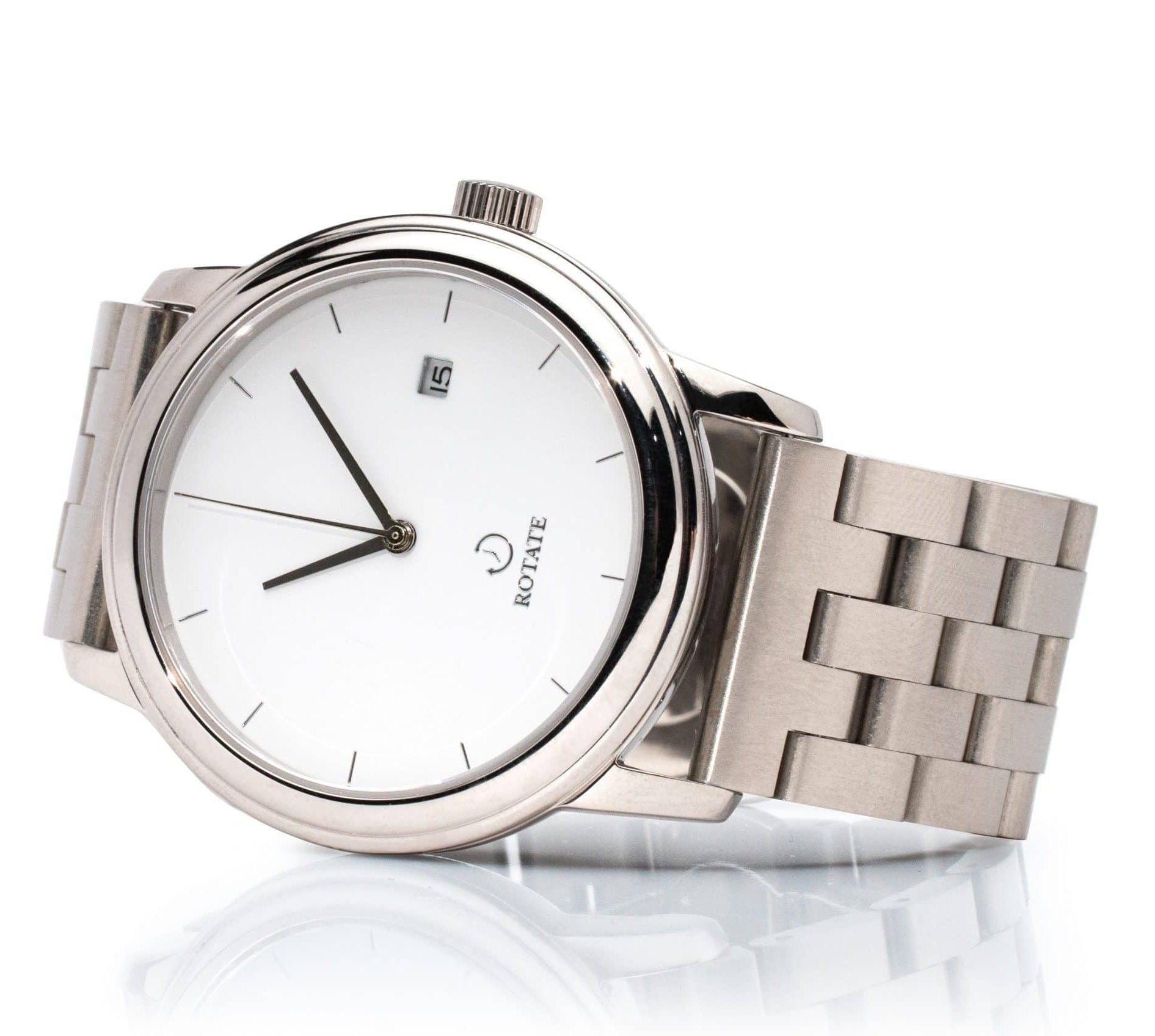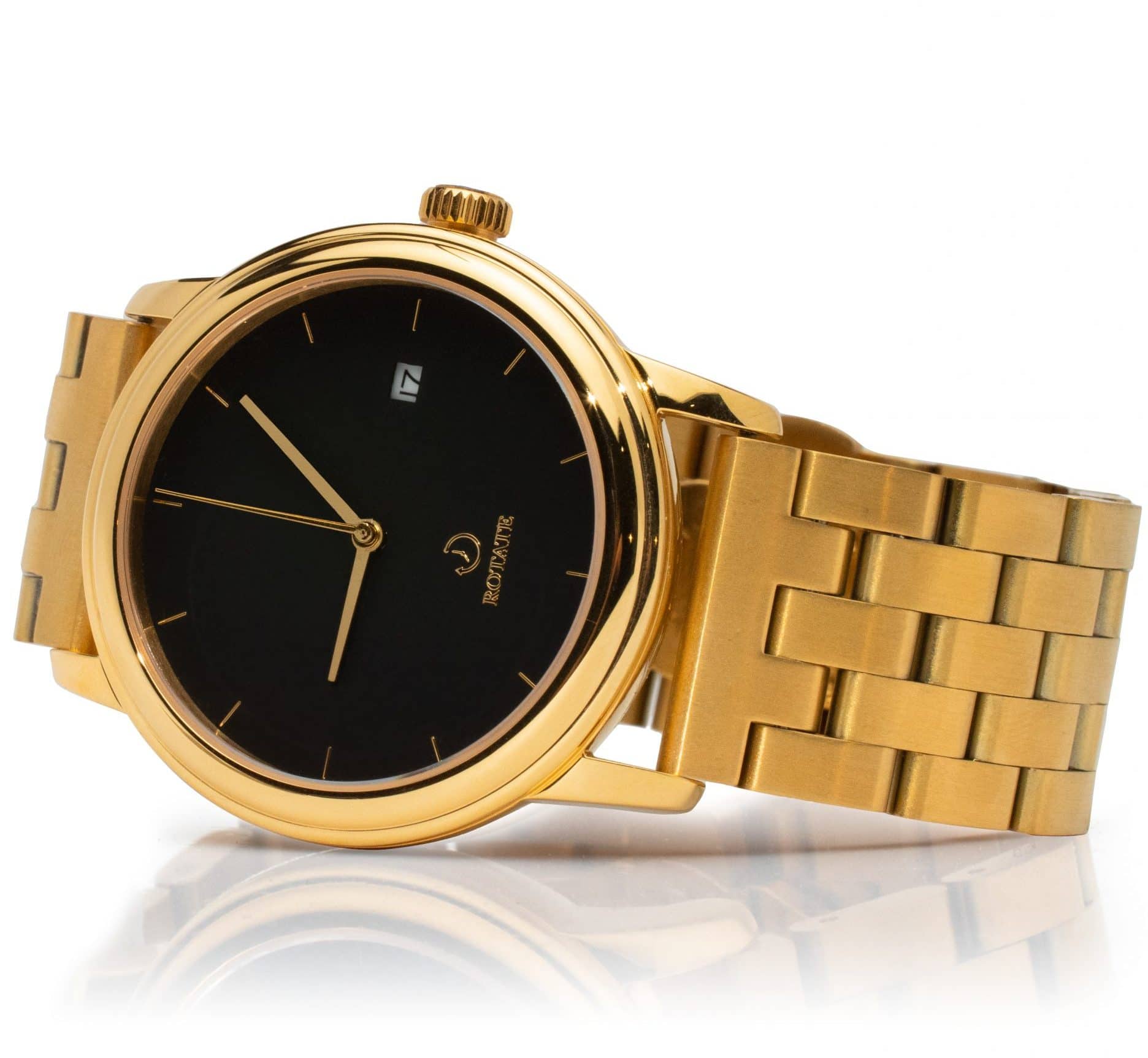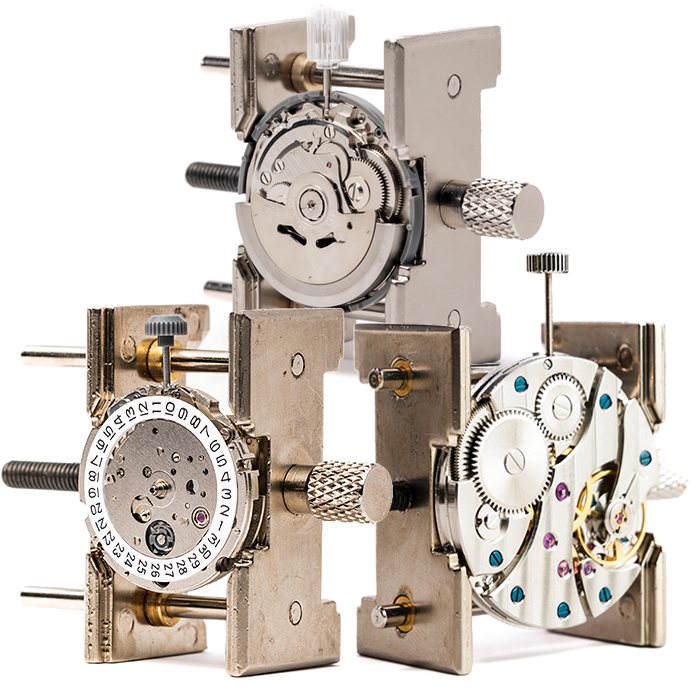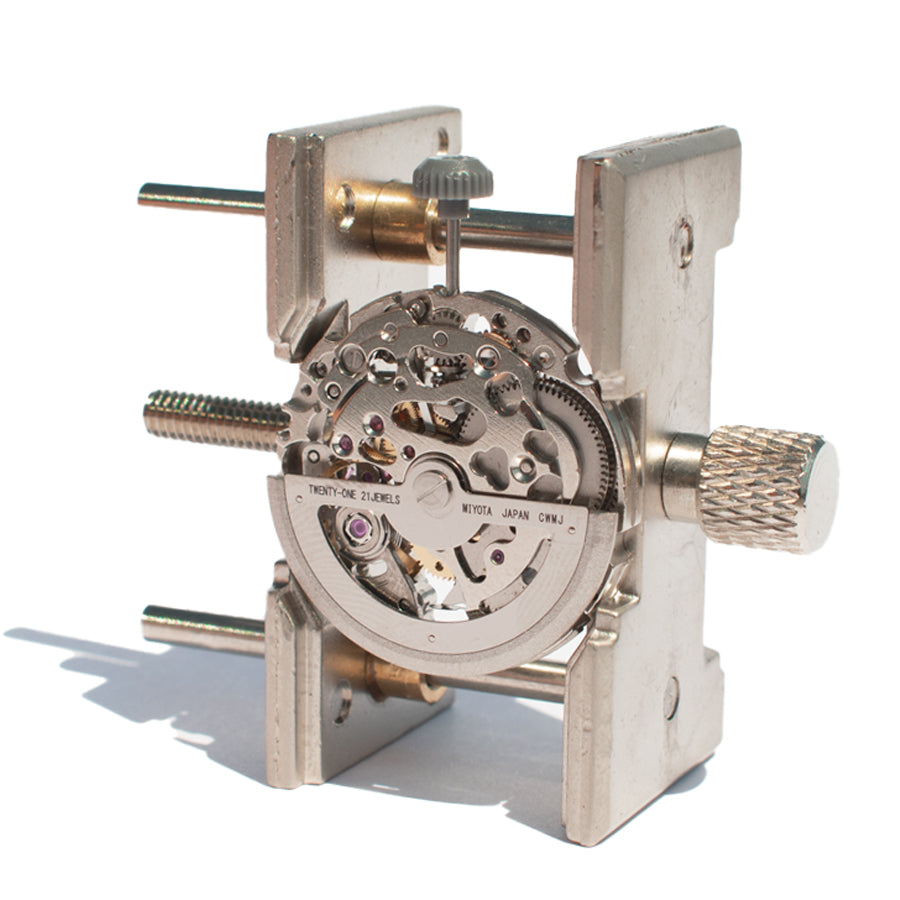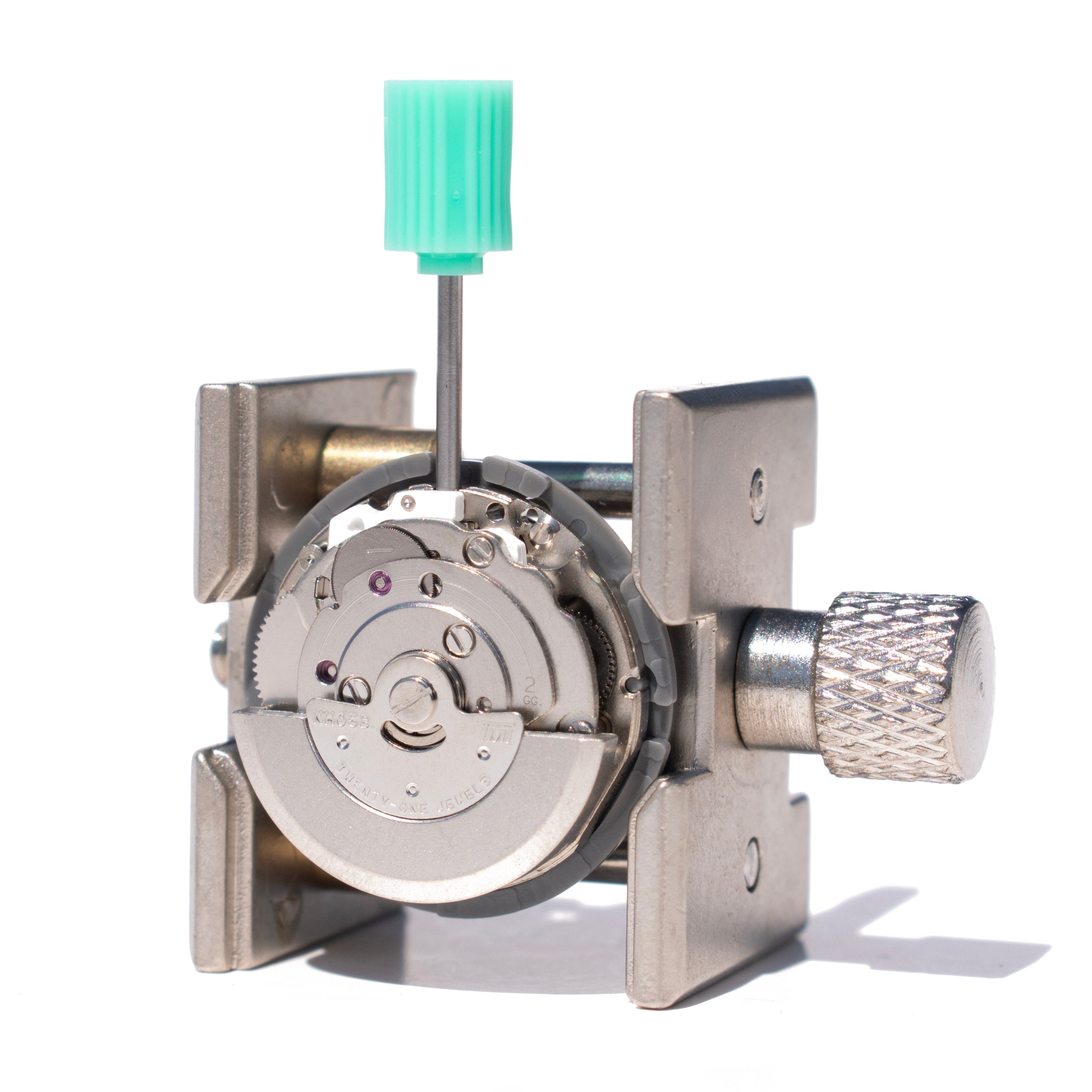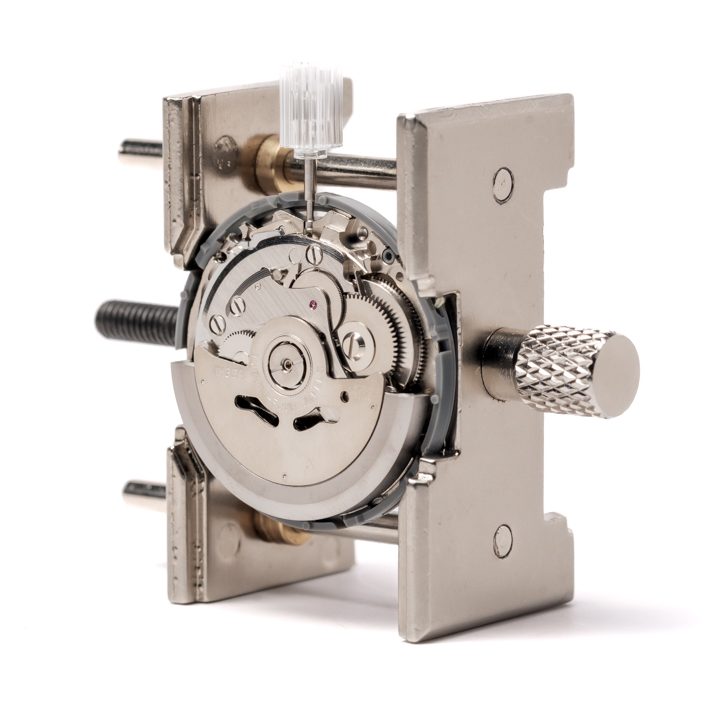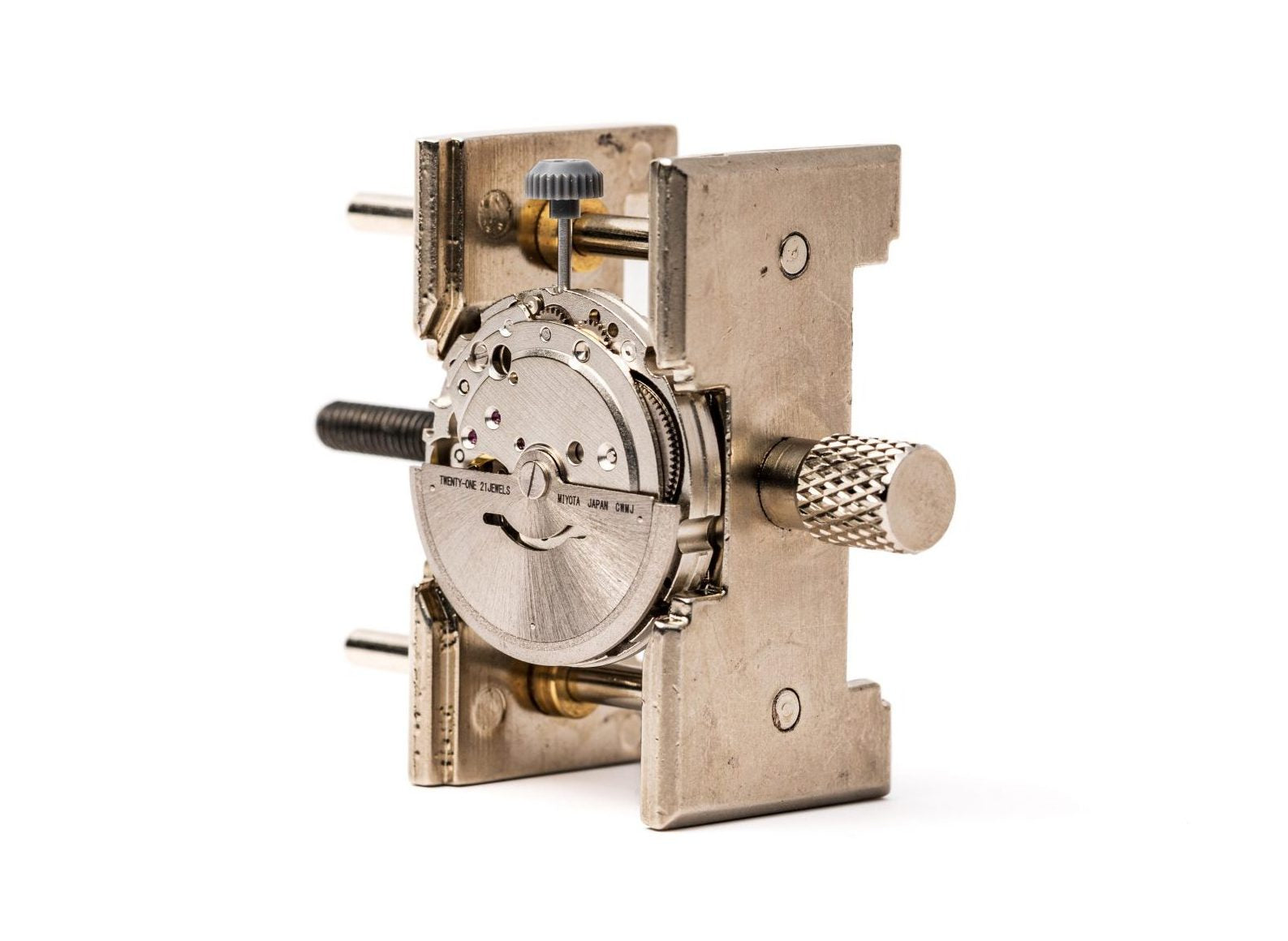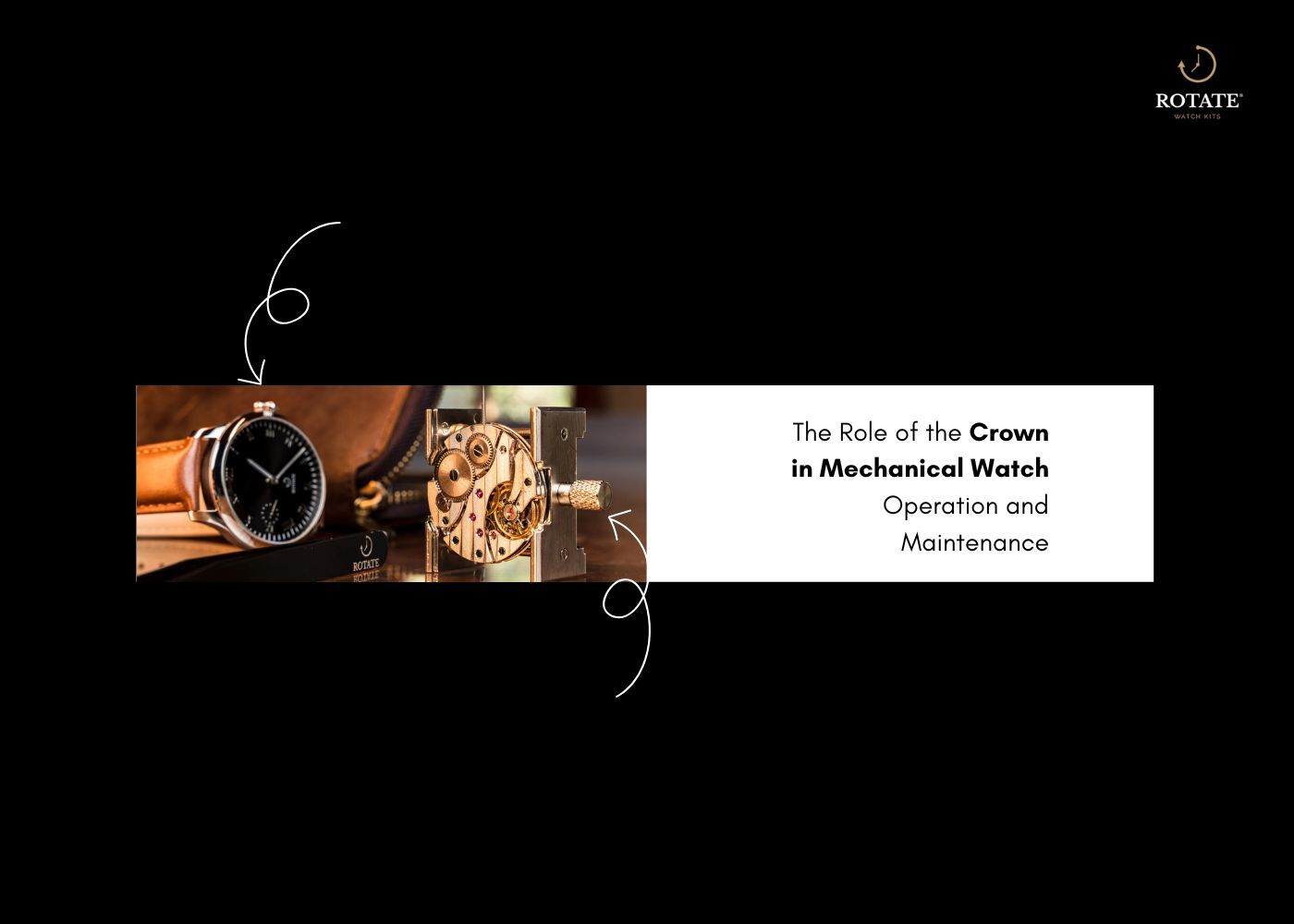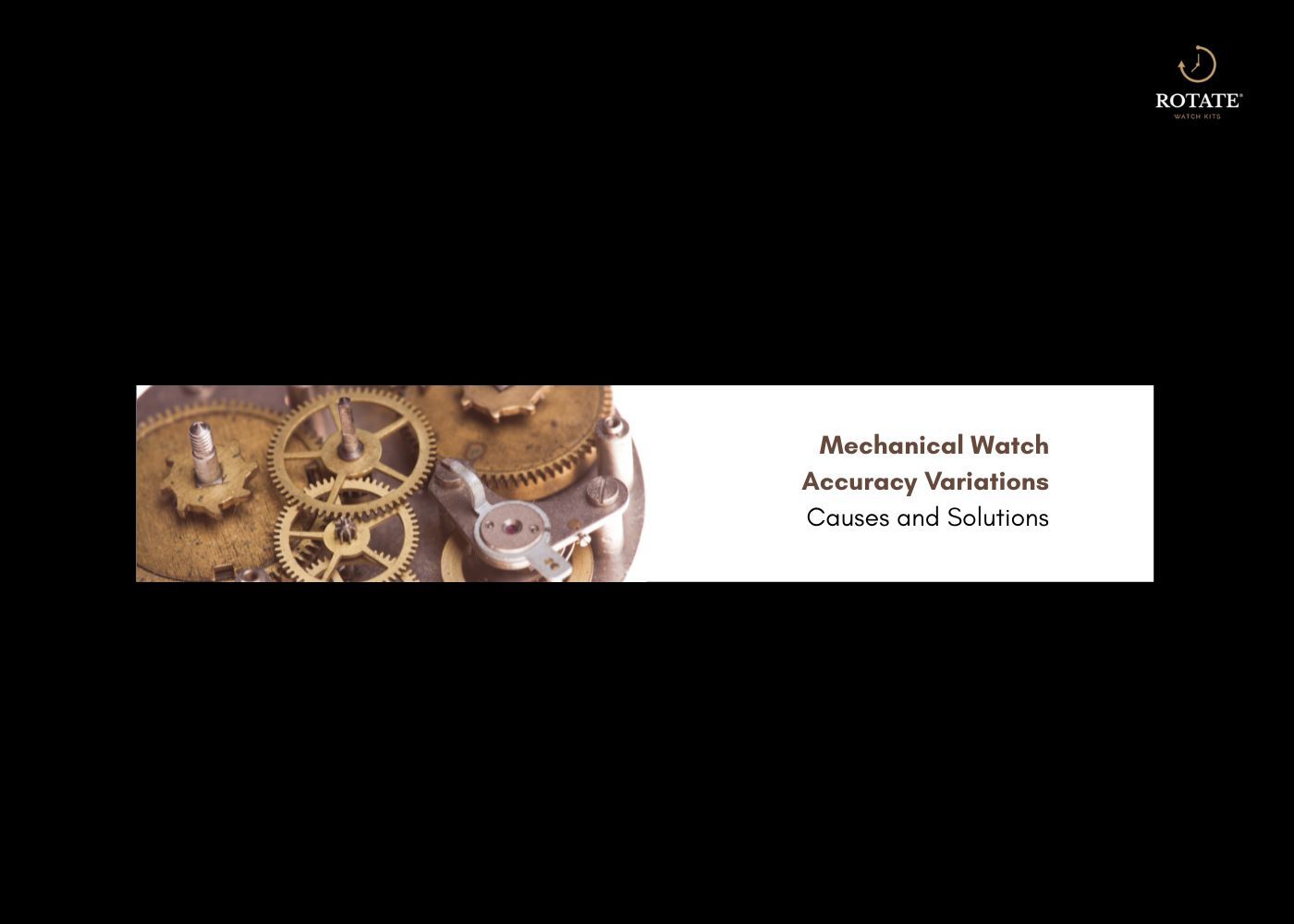
Mechanical Watch Accuracy Variations: Causes and Solutions
Mechanical watches lose or gain time due to internal factors like temperature changes, position variations, magnetic interference, and component wear. Understanding these timing variations helps you maintain better mechanical accuracy through proper care, positioning, and regular maintenance practices.
60-Second Summary
Mechanical watch accuracy depends on multiple factors that create timing variations in your timepiece. Temperature changes cause metal components to expand and contract, affecting timekeeping precision. Position changes when wearing or storing your watch also influence accuracy. Solutions include consistent winding habits, avoiding extreme temperatures and magnetic fields, careful handling, strategic positioning, and understanding when maintenance is needed. Modern mechanical watches typically vary between -20 to +40 seconds per day, which is normal for quality timepieces.
Understanding Mechanical Watch Accuracy and Why Timing Variations Occur
Mechanical watches operate through intricate systems of gears, springs, and wheels that work together to measure time. Unlike quartz watches that use electronic oscillators, mechanical timepieces rely on physical components that naturally experience variations.
Most quality mechanical watches maintain accuracy within -20 to +40 seconds per day. This range represents normal operation for properly functioning movements, whether you're wearing a vintage piece or building your own with modern components.
What Makes Mechanical Accuracy Different from Quartz Precision
Mechanical movements contain hundreds of precisely machined parts working in harmony. Each component affects the overall timing accuracy, creating natural variations that skilled watchmakers account for during assembly and regulation.
The beauty of mechanical watches lies not in perfect precision, but in their craftsmanship and the satisfaction of wearing something built by hand. Learn more about the intricate components that make this possible in our guide to the anatomy of a watch.
Primary Causes of Mechanical Watch Accuracy Issues
Temperature Effects on Mechanical Watch Accuracy
Temperature changes represent one of the most significant factors affecting mechanical accuracy. Metal components within the movement, including the balance wheel and hairspring, expand when heated and contract when cooled.
The hairspring, a delicate coiled spring that regulates the balance wheel's oscillations, becomes less elastic in cold temperatures and more elastic when warm. These changes directly impact the watch's rate, causing it to run slower in cold conditions and faster when heated.
Modern alloys used in quality movements minimize temperature sensitivity, but variations still occur. Professional watchmakers often regulate movements at different temperatures to achieve optimal performance across various conditions.
Position-Related Timing Variations in Mechanical Watches
Gravity affects mechanical watch accuracy differently depending on the watch's position. When worn on the wrist, the movement sits in various orientations throughout the day, each influencing timekeeping precision.
The balance wheel and escapement components respond to gravitational forces, causing slight variations in the oscillation rate. Most mechanical watches run differently when positioned dial up, dial down, crown up, crown down, or on their sides.
Quality movements undergo positional regulation during manufacturing, where watchmakers adjust the movement's performance across multiple positions. Understanding your watch's positional characteristics helps optimize accuracy through strategic overnight storage.
Shock and Physical Impact on Timing Variations
Shock from drops, impacts, or sudden movements can damage delicate mechanical watch components. The balance wheel, hairspring, and jeweled bearings are particularly vulnerable to physical trauma.
Even minor shocks can knock components out of alignment, bend the hairspring, or damage pivots. These issues create immediate timing variations and may worsen over time if left unaddressed.
Quality mechanical watches include shock protection systems, but excessive force can overwhelm these safeguards. Proper handling and awareness of your watch's limitations prevent most shock-related accuracy problems.
Learn more about protecting your timepiece in our comprehensive guide on how long automatic watches last.
Solutions for Improving Mechanical Watch Accuracy
Proper Winding Techniques for Better Mechanical Accuracy
Consistent winding habits significantly impact mechanical watch accuracy. Manual watches require daily winding at approximately the same time, while automatic watches need regular wear or use of a watch winder.
Insufficient mainspring tension causes timing variations as the power reserve depletes. The escapement receives inconsistent energy, affecting the balance wheel's amplitude and creating accuracy drift throughout the day.
Wind manual watches fully each morning, counting approximately 30-40 turns for most movements. Automatic watches benefit from initial manual winding when first worn after storage, followed by regular wrist movement to maintain optimal power levels.
For automatic watch maintenance, consider exploring our automatic watch winder display case to keep your timepieces properly wound during storage periods.
Temperature Management for Stable Timing Accuracy
Protecting your mechanical watch from extreme temperature changes helps maintain consistent timing accuracy. Avoid leaving timepieces in direct sunlight, hot cars, or freezing environments where metal expansion and contraction occur rapidly.
When transitioning between significantly different temperatures, allow your watch to gradually adjust rather than exposing it to sudden changes. Room temperature storage provides the most stable environment for optimal mechanical accuracy.
Professional watchmakers often regulate movements at standard temperatures around 68-72°F (20-22°C). Keeping your watch near these temperatures during critical timing situations maximizes accuracy potential.
Shock Protection and Careful Handling
Preventing shock-related timing variations requires awareness of your mechanical watch's limitations. Remove timepieces during high-impact activities, sports, or work involving heavy machinery or tools.
When not wearing your watch, store it in a secure location where accidental drops or impacts won't occur. Padded watch boxes or soft surfaces provide protection during daily handling and storage.
Quality shock protection systems in modern movements can handle normal daily activities, but understanding these limits prevents unnecessary damage. Treating your mechanical watch with appropriate care ensures long-term timing accuracy and component longevity.
Strategic Positioning for Mechanical Accuracy Optimization
Understanding your watch's positional characteristics allows strategic overnight storage to counteract timing variations. If your timepiece consistently runs fast during daily wear, try storing it crown down overnight to slow the rate.
Conversely, watches that run slow may benefit from dial-up storage to increase the rate. Each mechanical watch responds differently to position changes, so experimentation helps identify optimal storage orientations.
Keep detailed timing records for different positions to understand your watch's behavior patterns. Most smartphones include timing apps that help track mechanical watch accuracy across various positions and conditions.
Learn more about optimizing your timepiece's performance in our guide on how accurate automatic watches can be with proper care.
Building Your Own Mechanical Watch for Ultimate AccuracyUnderstanding
Creating your own mechanical watch provides unparalleled insight into timing accuracy factors and component interactions. Working with quality movements like the Seiko NH36 or Miyota 8215 teaches hands-on understanding of what affects mechanical accuracy.
DIY watchmaking allows experimentation with different components, positions, and adjustments while building practical knowledge about timing variations. Each movement responds uniquely to environmental factors, making personal experience invaluable for accuracy optimization.
Starting with Quality Movement Kits
Seiko NH36 movement kits provide excellent foundations for understanding mechanical watch accuracy. These reliable movements feature day-date functions and proven timing accuracy characteristics that respond well to proper handling and regulation.
Building from components gives intimate knowledge of how each part contributes to overall mechanical accuracy. Understanding the relationship between the mainspring, gear train, escapement, and balance assembly helps identify potential timing variation sources.
For comprehensive learning experiences, consider our Mega Movement Kit Bundle which includes Seiko NH36, Miyota 8215, and Seagull ST3600 movements for comparative accuracy studies.
Advanced Timing Accuracy Projects
Experienced builders can explore different movement types to understand mechanical accuracy variations across manufacturers and designs. Hand-wound movements like the Seagull ST3600 offer different timing characteristics compared to automatic movements.
Working with various movements teaches recognition of accuracy patterns and helps develop skills for optimizing mechanical watch performance. Each project builds knowledge applicable to maintaining and improving existing timepieces.
Check out our Seagull ST3600 movement kit for exploring traditional hand-wound mechanical accuracy characteristics and regulation techniques.
Mechanical Watch Accuracy Maintenance and Long-term Care
Regular maintenance preserves mechanical accuracy and prevents timing variations from developing into serious problems. Understanding when your timepiece needs attention helps maintain optimal performance between major services.
Daily observation of timing accuracy patterns reveals developing issues before they affect reliability. Sudden changes in rate, stopping, or erratic behavior indicate problems requiring immediate attention.
Recognizing Timing Variation Warning Signs
Gradual timing accuracy changes often indicate normal settling or minor environmental influences. However, sudden rate changes, intermittent stopping, or erratic timing variations suggest component problems requiring investigation.
Keep simple timing records using smartphone apps or daily observation against reference clocks. Consistent patterns help distinguish normal mechanical watch behavior from developing problems that need addressing.
Document timing accuracy under different conditions to understand your timepiece's normal variation range. Significant deviations from established patterns warrant closer examination or professional consultation.
Understanding mechanical watch fundamentals helps with maintenance decisions. Learn more about basic care in our guide on mechanical watch basics.
Advanced Mechanical Accuracy Optimization Techniques
Experienced enthusiasts can explore advanced techniques for improving mechanical watch accuracy beyond basic care and positioning. Understanding regulation, component selection, and environmental control provides additional accuracy optimization options.
Movement Regulation and Timing Accuracy Adjustment
Regulation involves adjusting the effective length of the hairspring to control the balance wheel's oscillation rate. Skilled builders can make minor regulation adjustments to improve mechanical accuracy within movement design limits.
Regulation requires specialized tools and careful technique to avoid damaging delicate components. Small adjustments can significantly impact timing accuracy, making precise work essential for successful results.
Component Upgrades for Enhanced Mechanical Accuracy
Quality components directly impact mechanical watch accuracy potential. Upgrading to precision-manufactured parts can improve timing variations and overall performance in custom builds or restoration projects.
Modern materials and manufacturing techniques offer accuracy improvements over vintage components while maintaining traditional mechanical watch aesthetics and functionality.
Time isn't just measured, it's built with your own hands.
Start your watchmaking journey with Rotate Watches, where complete DIY watch kits transform curiosity into craftsmanship.
Browse our collection to find your perfect match, from complete watch kits to intricate movement kits.
Your watchmaking story begins with a single screw. Start building today.
FAQ
Q. What causes mechanical watch accuracy to change over time?
Mechanical watch accuracy changes due to lubricant degradation, component wear, temperature variations, and positional effects that accumulate during daily use.
Q. How much timing variation is normal for mechanical watches?
Quality mechanical watches typically vary -20 to +40 seconds per day. Variations within this range represent normal operation for properly functioning movements.
Q. How does temperature affect mechanical watch timekeeping?
Temperature changes cause metal components to expand and contract, affecting hairspring elasticity and balance wheel dimensions, creating timing variations of several seconds per day.
Q. What shock levels can mechanical watches handle safely?
Modern mechanical watches include shock protection for normal daily activities. Excessive force from drops, impacts, or vibration can damage components and affect timing accuracy.
Q. How often should I check my mechanical watch accuracy?
Monitor mechanical accuracy daily during the first few weeks of ownership to establish normal timing variation patterns, then check weekly for ongoing performance tracking.
{ "@context": "https://schema.org", "@type": "FAQPage", "mainEntity": [ { "@type": "Question", "name": "What causes mechanical watch accuracy to change over time?", "acceptedAnswer": { "@type": "Answer", "text": "Mechanical watch accuracy changes due to lubricant degradation, component wear, temperature variations, and positional effects that accumulate during daily use." } }, { "@type": "Question", "name": "How much timing variation is normal for mechanical watches?", "acceptedAnswer": { "@type": "Answer", "text": "Quality mechanical watches typically vary -20 to +40 seconds per day. Variations within this range represent normal operation for properly functioning movements." } }, { "@type": "Question", "name": "How does temperature affect mechanical watch timekeeping?", "acceptedAnswer": { "@type": "Answer", "text": "Temperature changes cause metal components to expand and contract, affecting hairspring elasticity and balance wheel dimensions, creating timing variations of several seconds per day." } }, { "@type": "Question", "name": "What shock levels can mechanical watches handle safely?", "acceptedAnswer": { "@type": "Answer", "text": "Modern mechanical watches include shock protection for normal daily activities. Excessive force from drops, impacts, or vibration can damage components and affect timing accuracy." } }, { "@type": "Question", "name": "How often should I check my mechanical watch accuracy?", "acceptedAnswer": { "@type": "Answer", "text": "Monitor mechanical accuracy daily during the first few weeks of ownership to establish normal timing variation patterns, then check weekly for ongoing performance tracking." } } ] }


